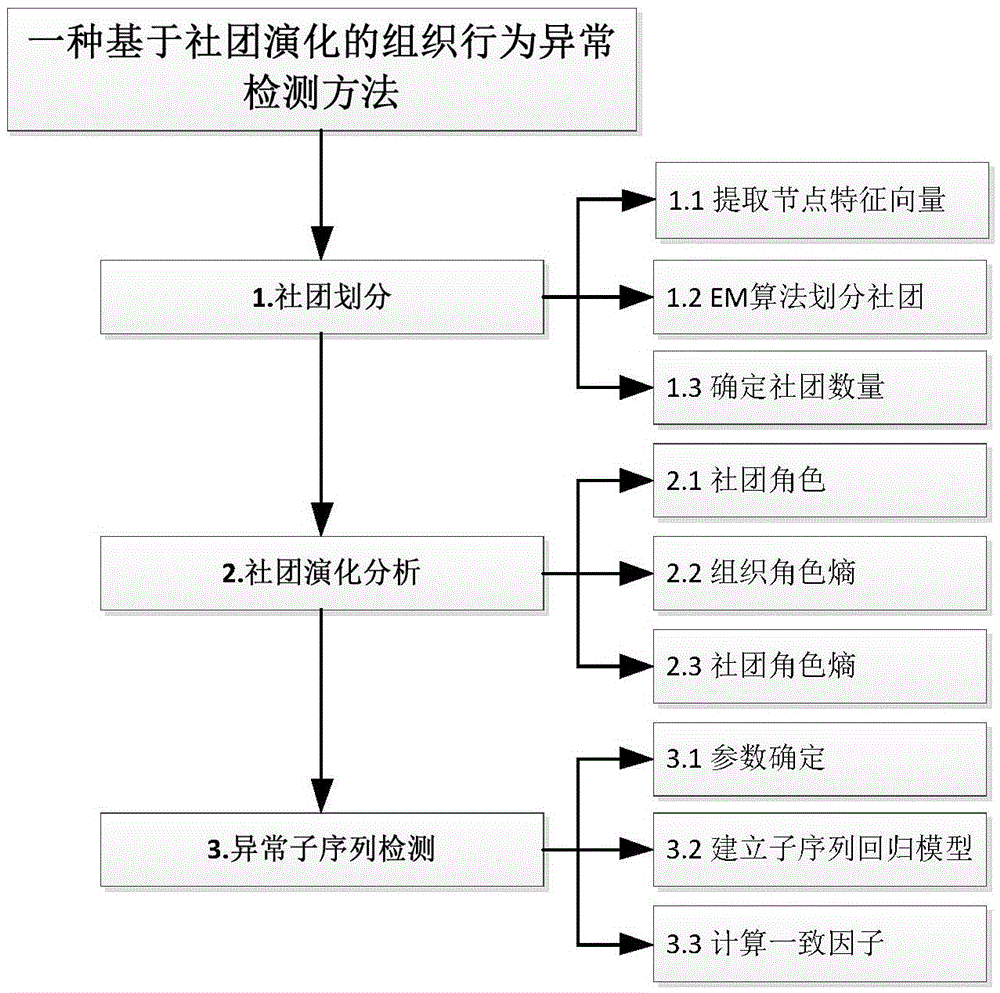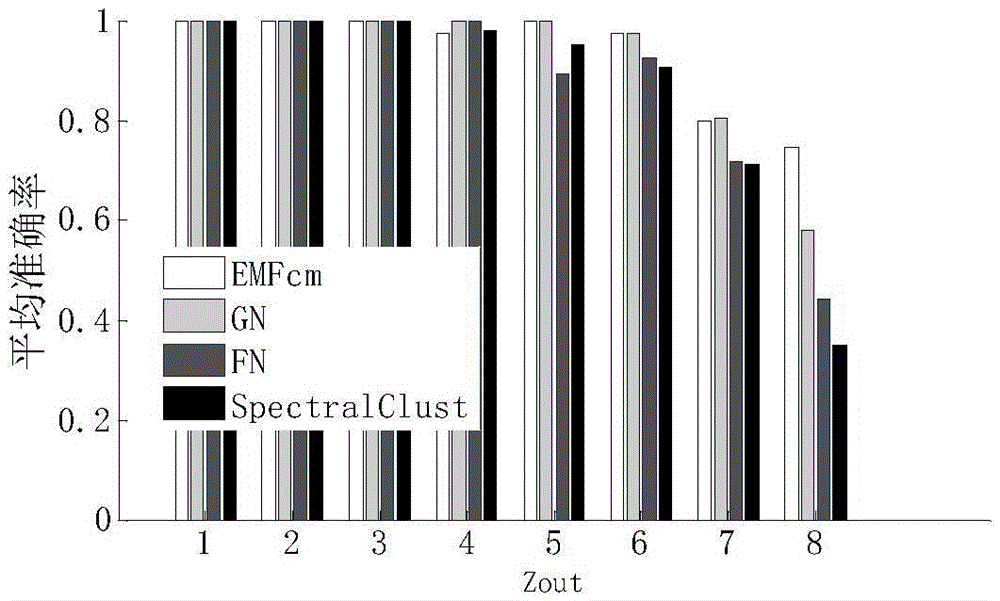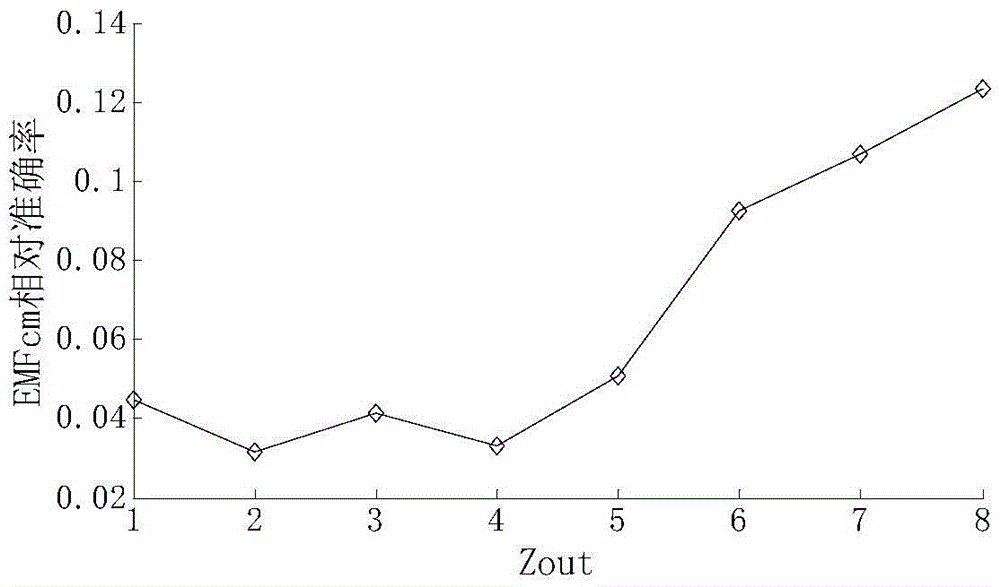Organizational behavior anomaly detection method based on community evolution
An anomaly detection and organizational behavior technology, applied in special data processing applications, instruments, electrical and digital data processing, etc., can solve the problems of insensitivity to the direction of tissue evolution, sensitive to normality assumptions, and low detection of small offsets.
- Summary
- Abstract
- Description
- Claims
- Application Information
AI Technical Summary
Problems solved by technology
Method used
Image
Examples
Embodiment Construction
[0099] In the following, the present invention will be further described in conjunction with the drawings and specific embodiments. The invention has been experimented with simulation data and public data sets, and has convenient application and ideal effects. Consistent with the design expectations.
[0100] Experimental data:
[0101] The GN benchmark network model divides the n nodes of the network into l groups, with g nodes in each group. The connection probability of nodes in the group is p in , The connection probability between groups is p out , The subgraphs in each group are p=p in ER random network. The average degree of nodes is = P in (g-1)+p out g(l-1). If p in > p out , That is, if the edge density within a group is greater than the edge density between groups, the network has a community structure. Usually set l=4, g=32, node average degree = 16, at this time p in +p out ≈1 / 2. In calculations, z is often used in = P in (g-1)=31p in ,z out = ...
PUM
 Login to View More
Login to View More Abstract
Description
Claims
Application Information
 Login to View More
Login to View More - R&D
- Intellectual Property
- Life Sciences
- Materials
- Tech Scout
- Unparalleled Data Quality
- Higher Quality Content
- 60% Fewer Hallucinations
Browse by: Latest US Patents, China's latest patents, Technical Efficacy Thesaurus, Application Domain, Technology Topic, Popular Technical Reports.
© 2025 PatSnap. All rights reserved.Legal|Privacy policy|Modern Slavery Act Transparency Statement|Sitemap|About US| Contact US: help@patsnap.com



